The reasons for the excessive suspended solids in the effluent of the secondary sedimentation tank
- Categories:Industry information
- Author:
- Origin:
- Time of issue:2020-06-30
- Views:0
(Summary description)Whether the design parameters of the secondary sedimentation tank are properly selected is an important factor for whether the effluent suspended solids index will exceed the standard. At the beginning of the design of many urban sewage treatment plants, in order to save construction costs, the hydraulic retention time was greatly shortened and the hydraulic surface load was increased as much as possible.
The reasons for the excessive suspended solids in the effluent of the secondary sedimentation tank
(Summary description)Whether the design parameters of the secondary sedimentation tank are properly selected is an important factor for whether the effluent suspended solids index will exceed the standard. At the beginning of the design of many urban sewage treatment plants, in order to save construction costs, the hydraulic retention time was greatly shortened and the hydraulic surface load was increased as much as possible.
- Categories:Industry information
- Author:
- Origin:
- Time of issue:2020-06-30
- Views:0
Whether the design parameters of the secondary sedimentation tank are properly selected is an important factor for whether the effluent suspended solids index will exceed the standard. At the beginning of the design of many urban sewage treatment plants, in order to save construction costs, the hydraulic retention time was greatly shortened and the hydraulic surface load was increased as much as possible.
In addition, due to the actual process adjustment needs of some sewage treatment plants, when the sludge concentration of the biological tank needs to be controlled at a high level, the solid surface load of the secondary sedimentation tank will be too large, which will affect the effluent quality. Therefore, it is generally believed that there should be more room for the setting of these process parameters of the secondary sedimentation tank, so as to facilitate the control and adjustment of the process of the sewage treatment plant.
Generally speaking, the main process parameters that affect the sedimentation effect of the sedimentation tank are hydraulic retention time, hydraulic surface load and sludge flux.
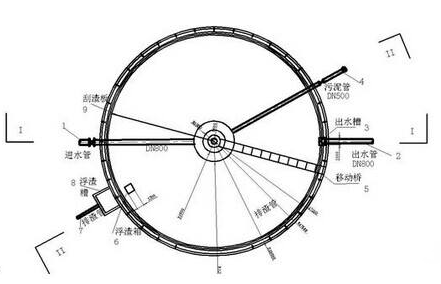
1. Hydraulic retention time of secondary sedimentation tank
The hydraulic retention time of sewage in the secondary sedimentation tank is an important parameter for the operation of the secondary sedimentation tank. Only a sufficient residence time can ensure a good flocculation effect and obtain a higher sedimentation efficiency. Therefore, it is recommended that the hydraulic retention time of the secondary sedimentation tank be set at about 3 to 4 hours.
2. Hydraulic surface load of secondary sedimentation tank
For a sedimentation tank, when the amount of water inflow is certain, the size of the particles it can remove is also certain. Among the particles that can be removed, the sedimentation velocity of the smallest particle is exactly equal to the hydraulic surface load of the sedimentation tank. Therefore, the smaller the hydraulic surface load, the more particles can be removed, the higher the sedimentation efficiency, and the lower the indicator of effluent suspended solids. The design of the secondary sedimentation tank with a smaller hydraulic surface load is beneficial to the effective precipitation of suspended solids such as sludge. It is generally recommended that the hydraulic surface load of the secondary sedimentation tank be controlled at 0.6 to 1.2m3/m2×h.
3. Solid surface load of secondary sedimentation tank
The size of the solid surface load of the secondary sedimentation tank is also an important factor affecting the sedimentation effect of the secondary sedimentation tank. The smaller the solid surface load of the secondary sedimentation tank, the better the sludge concentration effect in the secondary sedimentation tank. On the contrary, the thickening effect of sludge in the secondary sedimentation tank will be worse. Excessive solid surface load will cause the mud surface of the secondary sedimentation tank to be too high, and many sludge flocs will flow out with the sewage before they can settle, affecting the effluent suspended solids index. Generally, the maximum solid surface load of the secondary sedimentation tank should not exceed 150kgMLSS/m2×d.
4. Quality of activated sludge
The quality of activated sludge is an important factor affecting whether the effluent suspended solids exceed the standard. High-quality activated sludge is mainly reflected in four aspects: good adsorption performance, high biological activity, good sedimentation performance and good concentration performance.
The pollutants in the colloidal state must first be adsorbed on the activated sludge flocs, and further adsorbed to the vicinity of the bacterial surface to be decomposed and metabolized. Therefore, the activated sludge with poor adsorption performance is also poor in the ability to remove colloidal pollutants. The biological activity of activated sludge refers to the ability of microorganisms in the sludge flocs to decompose and metabolize organic pollutants. Activated sludge with poor biological activity must be slower to remove organic pollutants.
Only activated sludge with good settling performance can effectively separate sludge and water in the secondary settling tank. On the contrary, if the sludge settling performance deteriorates, the separation effect will inevitably decrease, resulting in turbidity in the effluent of the secondary sedimentation tank, excessive SS, and in severe cases, a large amount of activated sludge may be lost, resulting in insufficient biomass in the system, which in turn affects the organic pollutants. catabolic effect. Only when the activated sludge has good concentration performance, can a higher sludge concentration be obtained in the secondary sedimentation tank. On the contrary, if the concentration performance is poor and the sludge concentration is reduced, it is necessary to ensure a sufficient amount of return sludge and increase the return ratio. However, increasing the reflux ratio will shorten the actual residence time of sewage in the aeration tank, resulting in insufficient aeration time and affecting the treatment effect.
5. Influent SS/BOD5
The ratio of MLVSS in the biological system activated sludge has a great relationship with the influent SS/BOD5. When the influent SS/BOD5 is high, the MLVSS ratio in the biological system activated sludge is low, and vice versa. According to operating experience, when SS/BOD is below 1, the MLVSS ratio can be maintained above 50%, and when SS/BOD5 is above 5, the VSS ratio will drop to 20-30%. When the proportion of MLVSS in the activated sludge is low, in order to ensure the nitrification effect, the system must maintain a high sludge age, and the sludge aging is obvious, resulting in the effluent SS exceeding the standard.
6. Toxic substances
The inflow sewage contains toxic substances such as strong acid, strong alkali or heavy metals, which will poison the activated sludge and lose its treatment effect. The fundamental solution to the problem of activated sludge poisoning is to strengthen the management of upstream pollution sources.
7. Temperature
The effect of temperature on the activated sludge process is extensive. First of all, temperature will affect the activity of microorganisms in activated sludge. When the temperature is low in winter, if no control measures are taken, the treatment effect will decrease. Secondly, the temperature will affect the separation function of the secondary sedimentation tank. For example, the change of temperature will cause the secondary sedimentation tank to produce counterweight flow, resulting in short flow phenomenon; when the temperature decreases, the activated sludge will reduce the settling performance due to the increase of viscosity.
Scan the QR code to read on your phone
-- Recommend --












Shijiazhuang Tianwang Environmental Protection Technology Co., Ltd.
Shijiazhuang Tianwang Environmental Protection Technology Co., Ltd. is a high-tech enterprise specializing in the research and development, manufacturing and sales of water treatment equipment.
Contact information
Production address: No. 9, Fengchan Road, Economic and Technological Development Zone, Shijiazhuang City
Office Address: 25th Floor, Block C, No. 310 Changjiang Avenue, Shijiazhuang High-tech Development Zone
Contact number:
Copyright ©2022 Shijiazhuang Tianwang Environmental Protection Technology Co., Ltd. 冀ICP备13019843号-1 Powered by 300.cn SEO
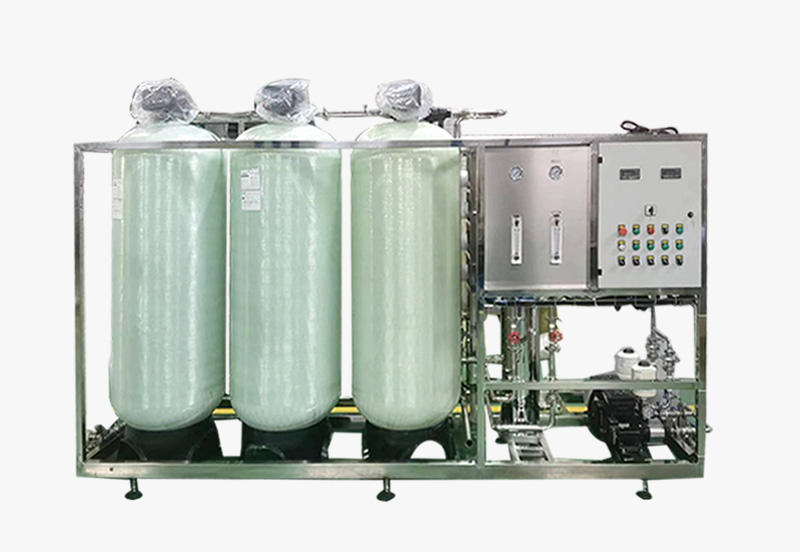
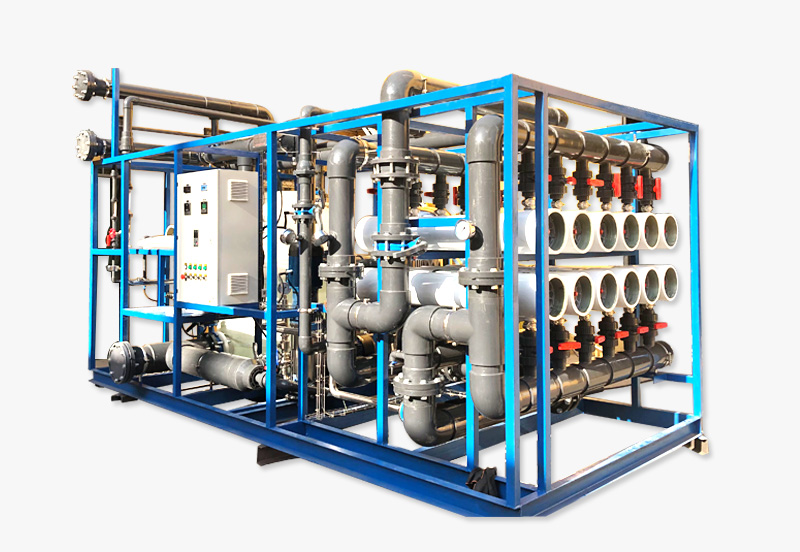
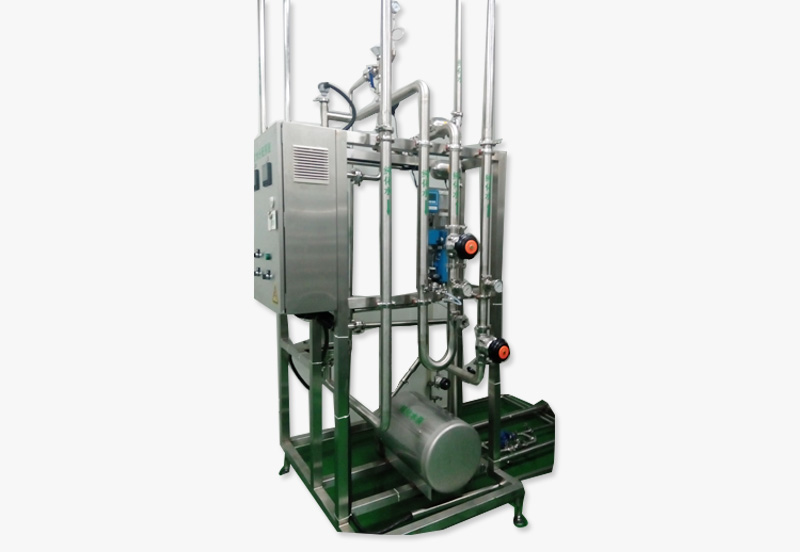
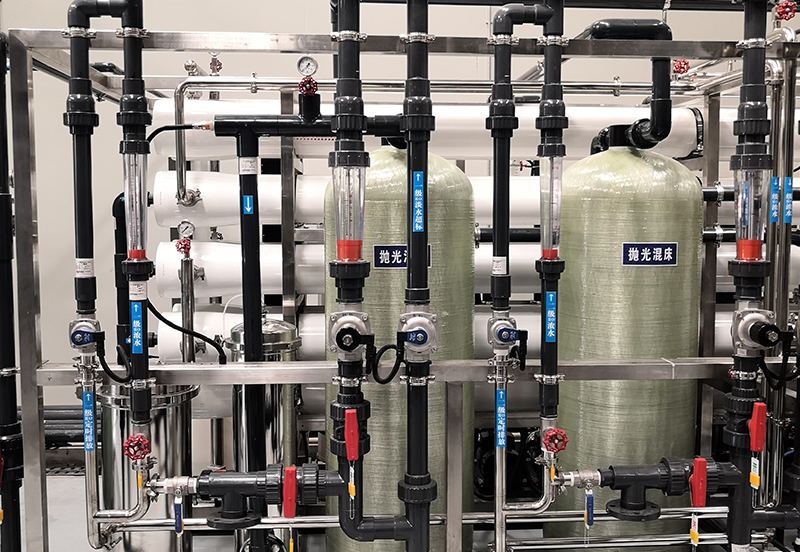
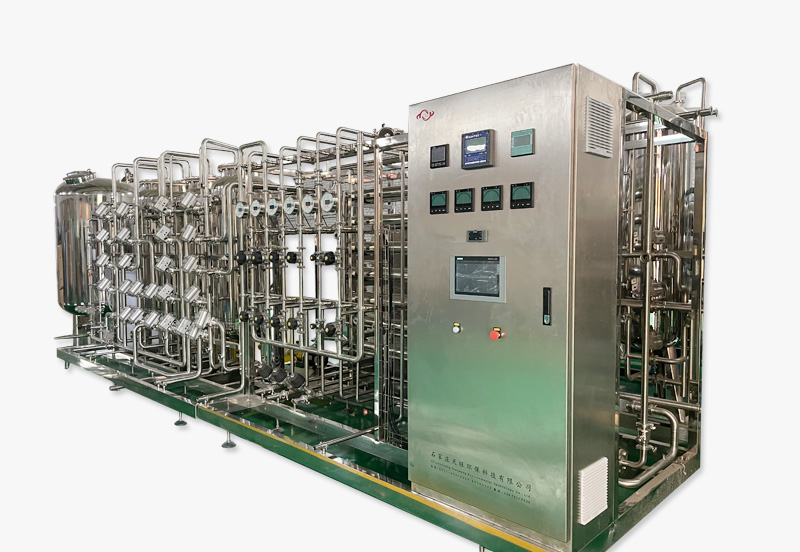
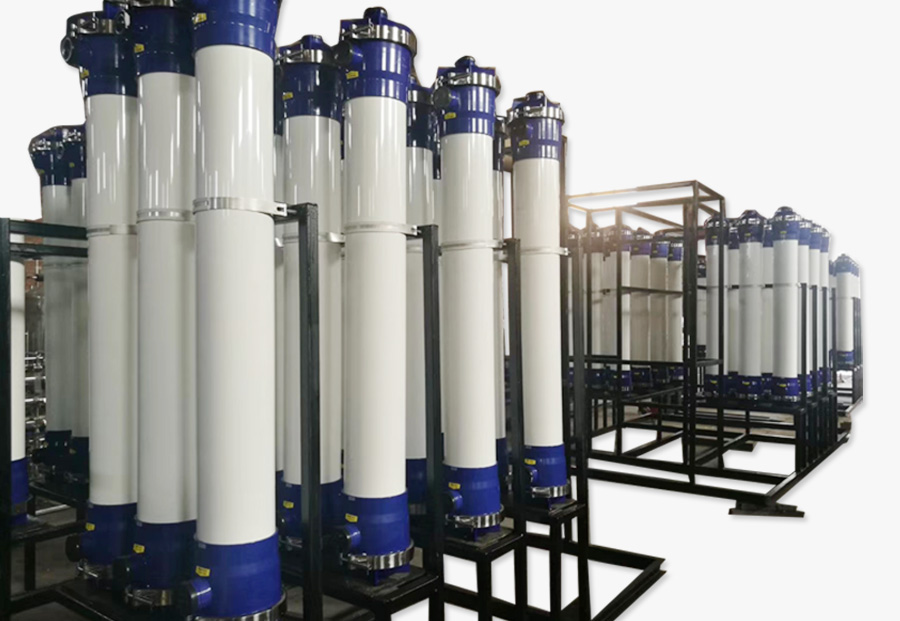

 0311-89272359
0311-89272359


 Message
Message
 Message
Message
